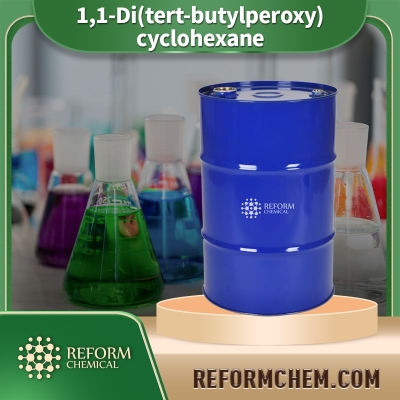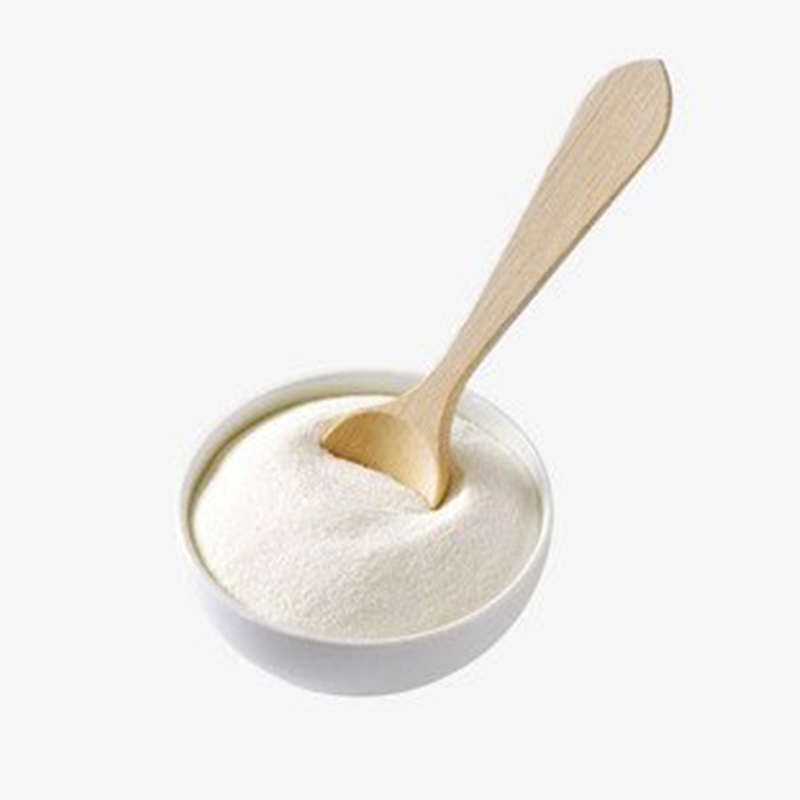-
Categories
-
Pharmaceutical Intermediates
-
Active Pharmaceutical Ingredients
-
Food Additives
- Industrial Coatings
- Agrochemicals
- Dyes and Pigments
- Surfactant
- Flavors and Fragrances
- Chemical Reagents
- Catalyst and Auxiliary
- Natural Products
- Inorganic Chemistry
-
Organic Chemistry
-
Biochemical Engineering
- Analytical Chemistry
-
Cosmetic Ingredient
- Water Treatment Chemical
-
Pharmaceutical Intermediates
Promotion
ECHEMI Mall
Wholesale
Weekly Price
Exhibition
News
-
Trade Service
Bis(2-ethylhexanoato-κO)hydroxyaluminum, also known as A110, is a type of organic compound that is commonly used in the chemical industry.
It is derived from aluminum and 2-ethylhexanoic acid, and it is used as a catalyst in a variety of chemical reactions.
The production process of Bis(2-ethylhexanoato-κO)hydroxyaluminum involves several steps, including the preparation of the starting materials, the reaction process, and the purification and isolation of the final product.
The first step in the production process is the preparation of the starting materials.
In the case of Bis(2-ethylhexanoato-κO)hydroxyaluminum, this involves the preparation of aluminum hydroxide and 2-ethylhexanoic acid.
Aluminum hydroxide is typically obtained by treating aluminum oxide with a solution of sodium hydroxide.
2-ethylhexanoic acid is obtained by the oxidation of 2-ethylhexanol, which is derived from the reaction of 2-ethylhexene with hydrogen peroxide.
Once the starting materials have been prepared, the next step is the reaction process.
In the case of Bis(2-ethylhexanoato-κO)hydroxyaluminum, this involves the reaction of aluminum hydroxide with 2-ethylhexanoic acid.
This reaction is typically carried out in the presence of a solvent, such as ethanol or water, and it is typically conducted at a temperature of around 80-100°C.
The reaction produces Bis(2-ethylhexanoato-κO)hydroxyaluminum as a resulting product.
After the reaction process has been completed, the next step is the purification and isolation of the final product.
This typically involves the use of chromatography techniques, such as column chromatography or high-performance liquid chromatography (HPLC).
These techniques are used to separate the Bis(2-ethylhexanoato-κO)hydroxyaluminum from any impurities that may be present in the reaction mixture.
Once the Bis(2-ethylhexanoato-κO)hydroxyaluminum has been purified and isolated, it can be used as a catalyst in a variety of chemical reactions.
For example, it is commonly used in the polymerization of vinyl monomers, such as vinyl chloride or vinyl acetate.
It is also used in the production of polyethylene terephthalate (PET), which is a common plastic used in the packaging industry.
Overall, the production process of Bis(2-ethylhexanoato-κO)hydroxyaluminum involves several steps, including the preparation of the starting materials, the reaction process, and the purification and isolation of the final product.
This compound is commonly used as a catalyst in a variety of chemical reactions, and it has a wide range of applications in the chemical industry.







